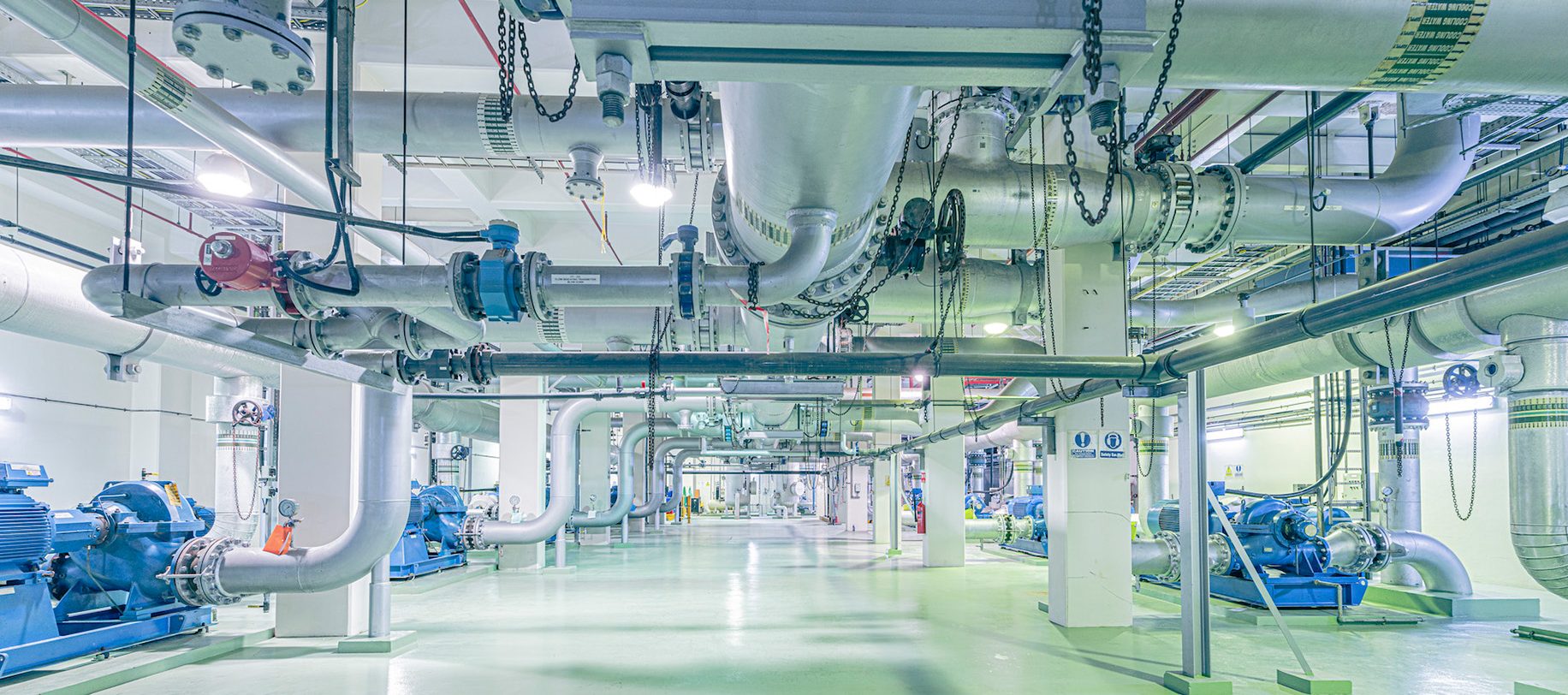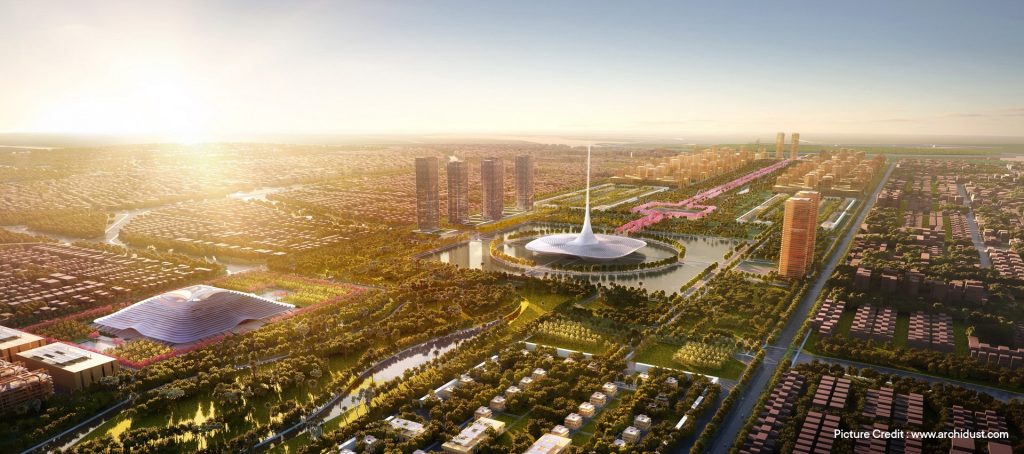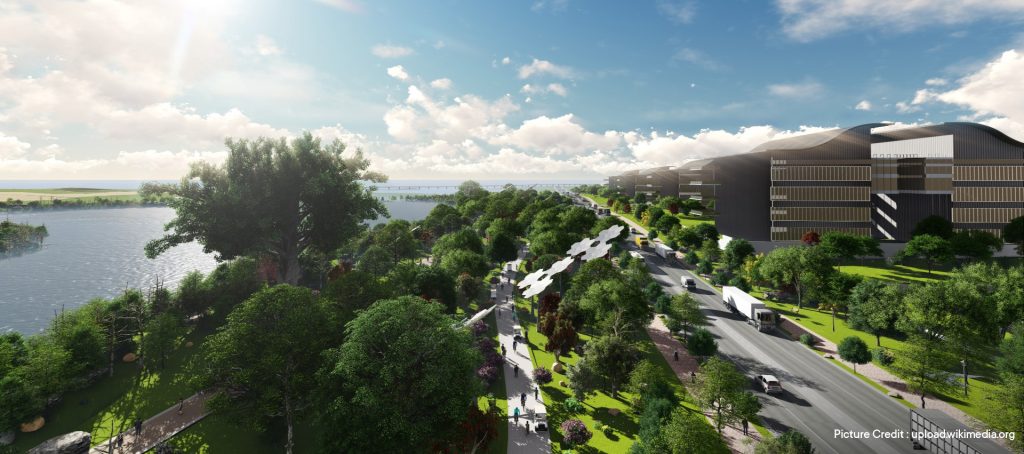District Cooling
District Cooling is a centralised system through which cooling needs of a large, densely occupied space, campus, or network of buildings is met through demand aggregation. A central plant produces chilled water which is circulated through a network of pre-insulated pipes to buildings that are connected to the network. A thermal heat transfer occurs at each building using energy transfer stations to deliver cooling, and the resulting warmer water is re-circulated back to the plant to be chilled again, completing a closed loop. District Cooling balances cost, reliability, sustainability and wellness aspects by integrating systems-thinking, including contractual mechanism for appropriate risk sharing and reliability-focused O&M strategy.
Traditional cooling in India has been reliant on individual cooling units that consume large amounts of electricity and lead to greater carbon emissions. The United Nations Environment Programme (UNEP) and International Energy Agency estimate that the growing demand for cooling in the world will increase direct and indirect emissions from air conditioning and refrigeration by 90% above 2017 levels by the year 2050. Air conditioners and other traditional cooling systems also produce waste heat (indoor hot air transferred to the outside air) that increases overall earth’s temperatures. Wider adoption of District Cooling can reduce energy consumption and carbon dioxide emissions, thereby enabling businesses and governments to meet their energy sustainability targets.

Benefits of District Cooling:
- Upto 50% more energy efficient than traditional cooling systems, and can achieve upto 40% reduction in peak power demand.
- Integrates with new power sources including renewable energy sources, natural gas , and waste to energy plants.
- Can eliminate leakage of refrigerants that impact the environment.
- The water source for heat rejection can include natural sources such as rivers, lakes and seas, or treated water from Sewage Treatment Plants.
- Eliminates the need for clunky equipment to be placed in basements and rooftop of buildings, thus freeing up space to be used more productively such as the installation of solar panels for on-site power generation or for aesthetic purposes including terrace gardens and recreation.
- Placement of equipment away from buildings reduces vibration and noise leading to a more pleasant outdoor environment and improved air quality.
For more information on the Science behind the District Cooling system read here.
Sustainabilty Advantages of District Cooling
40-50% Lower Power Consumption
30-40% Lower Carbon Emissions
15-20% Lower Cooling Costs To End Users
Improves Building Space Utilization
Reliability In Excess Of 99.8%
Peak Clipping - Lower Total Cooling Capacity Required
Flexibility in Capacity Design and Installation
Quieter and Visually Appealing
Related Links

In 2019, the Andhra Pradesh Capital Region Development Authority (APCRDA) has awarded Tabreed India…

Tabreed in India in 2023 was awarded Asia’s largest district cooling concession under a public-private partnership model for Hyderabad Pharma City…
